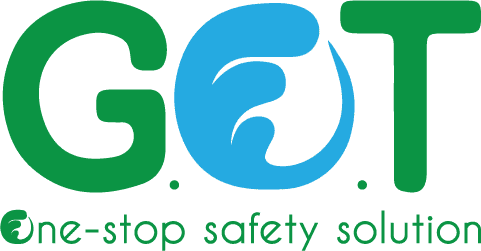Lifeboat inspection: Latest SOLAS regulations
Lifeboat inspection is a mandatory requirement in the maritime industry to ensure the highest level of safety for crew and passengers. This obligation is clearly established under the International Convention for the Safety of Life at Sea (SOLAS), adopted by the International Maritime Organization (IMO).
Among its various provisions, Chapter III – Life-Saving Appliances and Arrangements serves as the global legal framework specifying the standards for the equipment, operation, inspection, and maintenance of lifeboats and launching appliances.
Overview and Scope of SOLAS Chapter III
SOLAS Chapter III acts as the guiding framework for life-saving equipment standards on board seagoing vessels.
It applies to nearly all types of international commercial ships — including cargo ships, oil tankers, passenger ships, and mobile offshore drilling units (MODUs).
The Chapter covers the entire lifecycle of life-saving appliances: from design and installation to operation, inspection, and maintenance.
For lifeboats, Chapter III specifies detailed requirements regarding:
Mandatory equipment:
Each ship must carry lifeboats adequate for the total number of crew and passengers on board.
Operational readiness:
Lifeboats must be stowed in easily accessible positions and capable of being launched safely and efficiently, even under emergency conditions.
Periodic inspection and maintenance:
SOLAS mandates several inspection intervals to ensure continued operational safety:
- Weekly: Check overall condition and engine readiness.
- Monthly: Inspect all onboard equipment.
- Quarterly: Conduct launching and operational tests.
- Annually: Overhaul on-load release gear inspection.
- Every five years: Full examination and load test.
Responsibility for Inspections:
- Ship’s crew: Responsible for weekly, monthly, and quarterly checks, as well as participating in lifeboat drills.
- Authorized service providers or certified manufacturer technicians: Must conduct annual and five-yearly thorough inspections and load tests.
Thus, SOLAS Chapter III goes far beyond the mere requirement of “having lifeboats onboard.”
It establishes a continuous and systematic inspection regime designed to eliminate potential hazards caused by faulty equipment or improper operation—factors that have contributed to tragic accidents in the past.
Moreover, the IMO Circular MSC.1/Circ.1206/Rev.1 provides detailed safety guidance for lifeboat drills and inspections, emphasizing accident prevention during testing and maintenance operations.
This demonstrates the comprehensive nature of the international safety framework—defining not only what must be done, but also how it must be done safely.
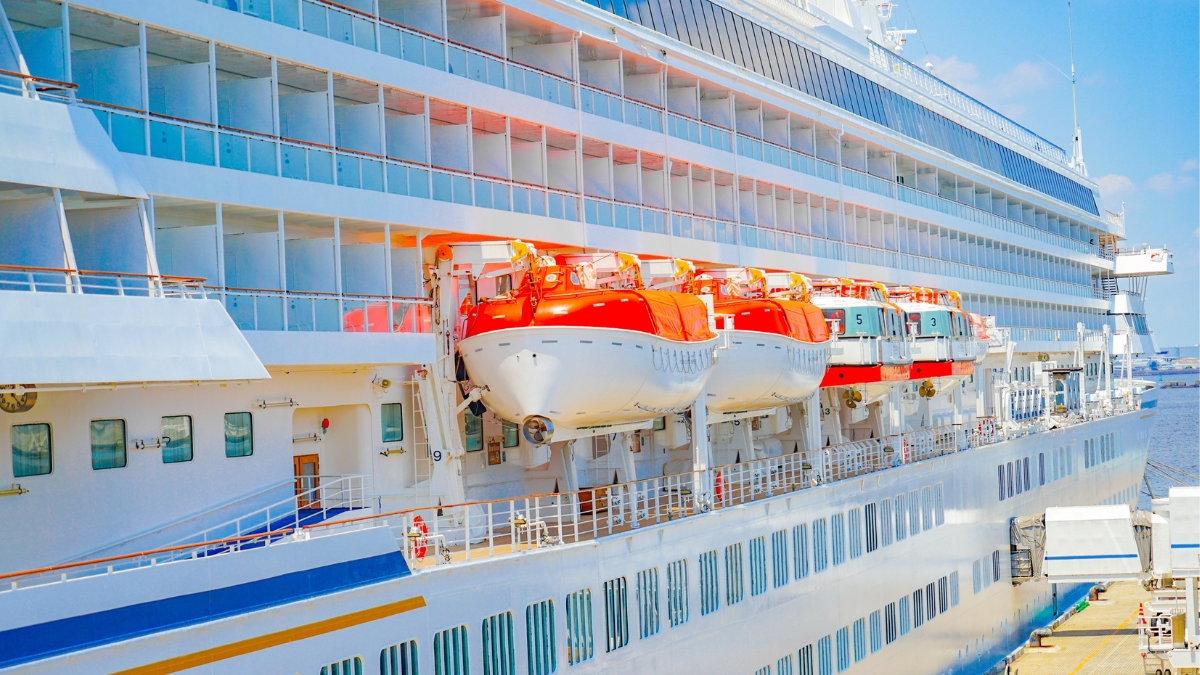
Weekly and Monthly Lifeboat Inspection Requirements
Under SOLAS Chapter III, Regulation 20.6, the master and crew are responsible for conducting regular inspections of all life-saving appliances, including lifeboats and launching devices. This is a mandatory requirement, ensuring that all equipment remains in full operational readiness for emergencies.
According to Reg. 20.6.1:
“Every survival craft, rescue boat and launching appliance shall be visually inspected by the ship’s crew at least once a week to ensure that they are ready for use.”
This highlights that weekly inspections are a legal obligation, not a mere recommendation.
Weekly Lifeboat Inspection
The weekly inspection focuses on verifying that the lifeboat is immediately ready for use at all times. Key checks include:
General condition: Inspect the hull, canopy, and structure for cracks, corrosion, leaks, or damage.
Engine and power system: As per SOLAS Reg. 20.6.2, crews must “verify the general condition of the engine and test the engine of the lifeboat or rescue boat, if applicable.” This means starting the engine and checking fuel, lubrication, and battery condition.
Launching appliance: Examine wires, winch, brake system, and release hooks. Any defects—such as worn cables, rust, or jammed brakes—must be addressed immediately, as these are common causes of launch accidents.
Monthly Lifeboat Inspection
Monthly inspections are more detailed and explicitly required under Reg. 20.6.3, which states:
“Every survival craft, rescue boat and launching appliance shall be inspected at least monthly to ensure that they are complete and ready for use. Records of these inspections shall be maintained on board.”
Main tasks include:
- Life-saving equipment: Confirm the presence and condition of all SOLAS-required items — lifejackets, pyrotechnics, rations, water, first aid kit, canopy, and fire extinguisher.
- Communication devices: Check the functionality of the VHF radio, EPIRB, and other communication tools.
- Steering and navigation system: Inspect the compass, rudder, and emergency steering mechanism — even a minor fault could render the lifeboat uncontrollable once launched.
- Storage and preservation: Ensure all equipment is dry, free of rust or mold, and not degraded by heat or humidity.
By adhering strictly to these inspection routines, vessels not only comply with SOLAS but also ensure that lifeboats remain fully operational when lives depend on them.
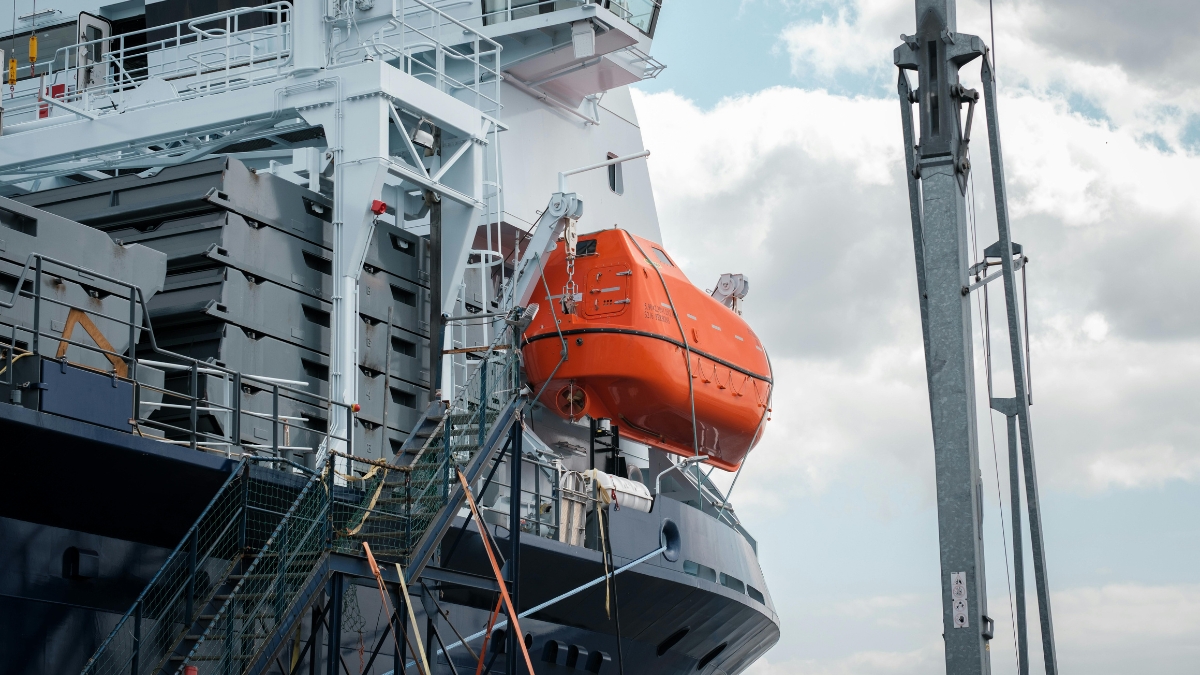
Quarterly Lifeboat Inspection
According to SOLAS Chapter III, each lifeboat must be launched and operated at least once every three months as part of the ship’s abandon-ship drill.
In certain cases where port or water conditions make launching unsafe, alternative measures such as lowering to a safe height or simulated operation may be performed under the manufacturer’s guidance. However, a full launch must be carried out at the earliest possible opportunity.
Detailed procedures are supplemented by IMO circulars such as MSC.1/Circ.1206/Rev.1 and the requirements of MSC.402(96).
Types of Launch Scenarios
Free-fall lifeboats:
Should be launched by free-fall with the full crew in accordance with manufacturer instructions.
If environmental or port conditions prevent actual launching, a secondary method (e.g., davit lowering or simulated release) may be used, but a real free-fall launch must be performed at the earliest opportunity or within an interval approved by the Administration.
Davit-launched lifeboats:
Must be lowered into the water and operated by the crew during drills. The boat should be maneuvered to verify ahead/astern propulsion and steering performance, if weather and sea conditions allow.
Engine and Propulsion System Checks
Engine test:
The engine should be started and run long enough to verify stable operation — typically at least 3 minutes, covering both forward and reverse modes. When conditions permit, the test should be extended to observe oil temperature, fuel pressure, and actual load performance.
Steering system:
Turn the rudder fully to both port and starboard, check for free movement, mechanical or hydraulic linkage, response time, and any vibration or looseness.
Propeller and shaft:
Observe for cavitation, vibration, or misalignment of the shaft. Ensure there are no obstructions (e.g., ropes or debris) entangled around the propeller.
Auxiliary System Checks
Sprinkler/cooling system (for enclosed or free-fall lifeboats, if fitted):
- Operate the system and flush with fresh water after use.
- Communication and signaling equipment: Verify the condition of VHF radios, EPIRB, lights, batteries, antennas, and mounts.
- Crew safety arrangements: Inspect seats, safety belts, and securing devices; ensure boarding procedures comply with IMO MSC.1/Circ.1206 safety guidance.
Records and Documentation
Each drill must be fully documented, including:
- Date, time, and location
- Weather and sea conditions
- Crew members involved
- Engine performance (RPM, duration, abnormalities)
- Any defects found and corrective actions taken
Under SOLAS and MSC.402(96), all records must be retained and backed up on board for verification by classification societies and flag state authorities.
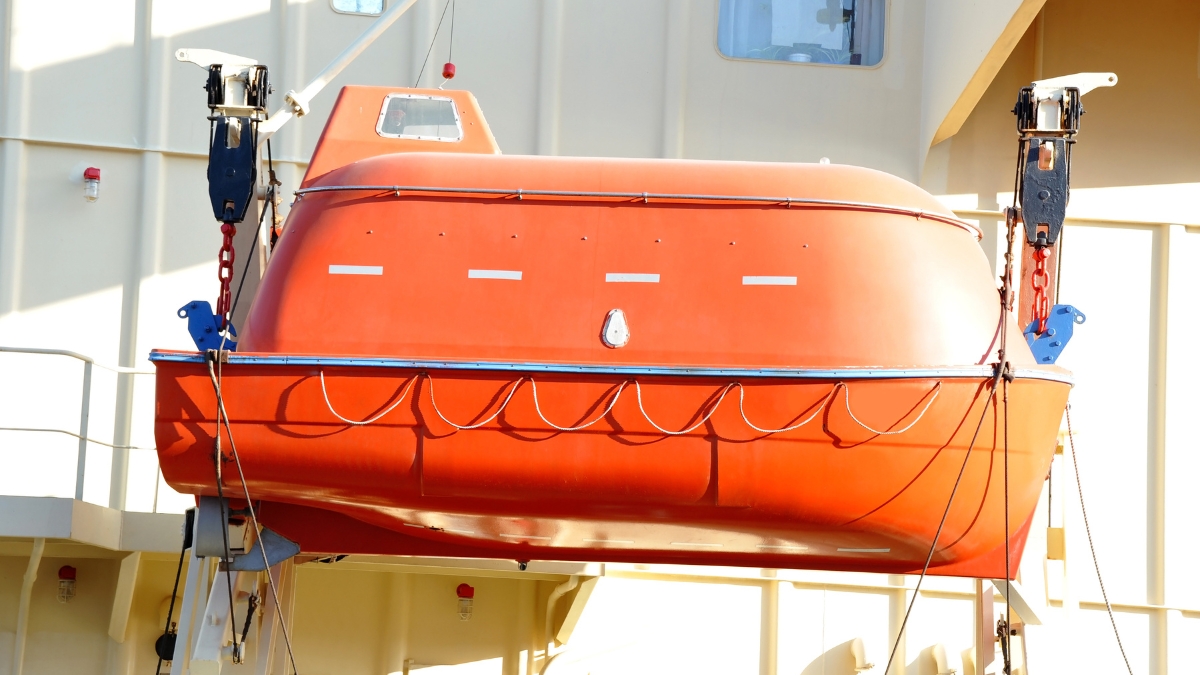
Annual Lifeboat Inspection
Under SOLAS Chapter III and related IMO resolutions, the on-load release gear of lifeboats and rescue boats must undergo operational testing and thorough examination at least once a year.
This inspection may only be carried out by a service provider authorized by the Administration or a technician certified by the manufacturer, in full compliance with IMO MSC.402(96) and MSC.1/Circ.1206/Rev.1.
Visual Inspection
- Examine hook assemblies, pins, bearings, welds, and load-bearing surfaces for cracks, wear, corrosion, or pitting.
- Inspect hydraulic systems (cylinders, pistons, seals, and hydraulic fluid), wire ropes (falls), and sheaves for signs of deterioration.
- Record photographic evidence as necessary to support the inspection report.
Functional Test Under Load
- For davit-launched lifeboats, conduct a partial load test to confirm proper operation of the release mechanism.
- Perform the full sequence: engage → release → reset, then verify that hooks are securely locked after testing and no damage has occurred.
- Maintenance must never be performed while the hooks are under load, to prevent accidents.
Mechanical Behavior and Tolerance Check
- Verify free play, clearances, safety locks, hydrostatic interlocks (if fitted), and remote control systems.
- Compare all measured parameters with the manufacturer’s specifications to confirm they are within allowable limits.
Reset and Repeat Verification
- Reset the release mechanism following the manufacturer’s procedure, then repeat the operation to ensure consistent performance.
- Conduct Non-Destructive Examination (NDE) — such as dye-penetrant testing — to detect surface cracks invisible to the naked eye.
- If necessary, disassemble hook assemblies for a detailed inspection, especially during five-year overhauls.
Reporting and Certification
The authorized service provider must prepare a comprehensive inspection report, detailing findings, corrective actions, and confirming the system’s fitness for purpose.
All records must be retained on board for review by classification societies and flag state inspectors during statutory surveys.
Five-Year Lifeboat Inspection
Compared to quarterly or annual inspections, the five-year lifeboat inspection is a comprehensive statutory requirement that must be carried out by an authorized lifeboat service provider or classification society surveyor.
Beyond repeating the routine checks, it includes maintenance, thorough examination, operational testing, overhaul, and repair of lifeboats, rescue boats, launching appliances, and release mechanisms — as specified in IMO Resolution MSC.402(96).
Load Testing Categories
Static Load Test
The davit, winch, and wire rope system must withstand 1.1 times the rated working load (Proof Load) to verify structural integrity and load-bearing capacity.
Dynamic Load Test
The lifeboat is launched with its full operational load (crew and equipment simulated) to assess the proper functioning of the winch, brake system, control mechanisms, and the ability to stop safely under emergency conditions.
Key Inspection and Maintenance Steps
Mechanical Check
Inspect wires, winch drums, hooks, sheaves, bearings, and brakes visually and dimensionally to detect cracks, deformation, wear, or corrosion.
Brake System Test
Operate lowering at different speeds to confirm instant braking capability, stable load-holding, and no slippage under load.
Synchronization Test
Run the entire launching and recovery system — including davit arms, winch, wire falls, and release gear — to verify smooth operation without vibration, jerks, or abnormal noise.
Overhaul
Disassemble, clean, measure, and replace critical load-bearing components such as release hooks, brake pads, locking pins, and bearings when wear exceeds allowable tolerances.
Notes and Safety Considerations
In specific cases where dynamic testing cannot be safely conducted (e.g., limited port facilities or sea conditions), the Administration or Recognized Organization (RO) may approve static testing as an equivalent method, provided that safety and performance criteria are met.
The service provider must hold valid authorization certificates for each specific equipment type (release gear, lifeboat, winch, or davit brand/model), as required by MSC.402(96), Section 8.
Reporting and Documentation
Upon completion, the service provider issues a detailed inspection and test report, certifying the equipment’s operational readiness and structural fitness.
All documentation must be retained onboard for review by flag state authorities or classification societies during annual and renewal surveys.
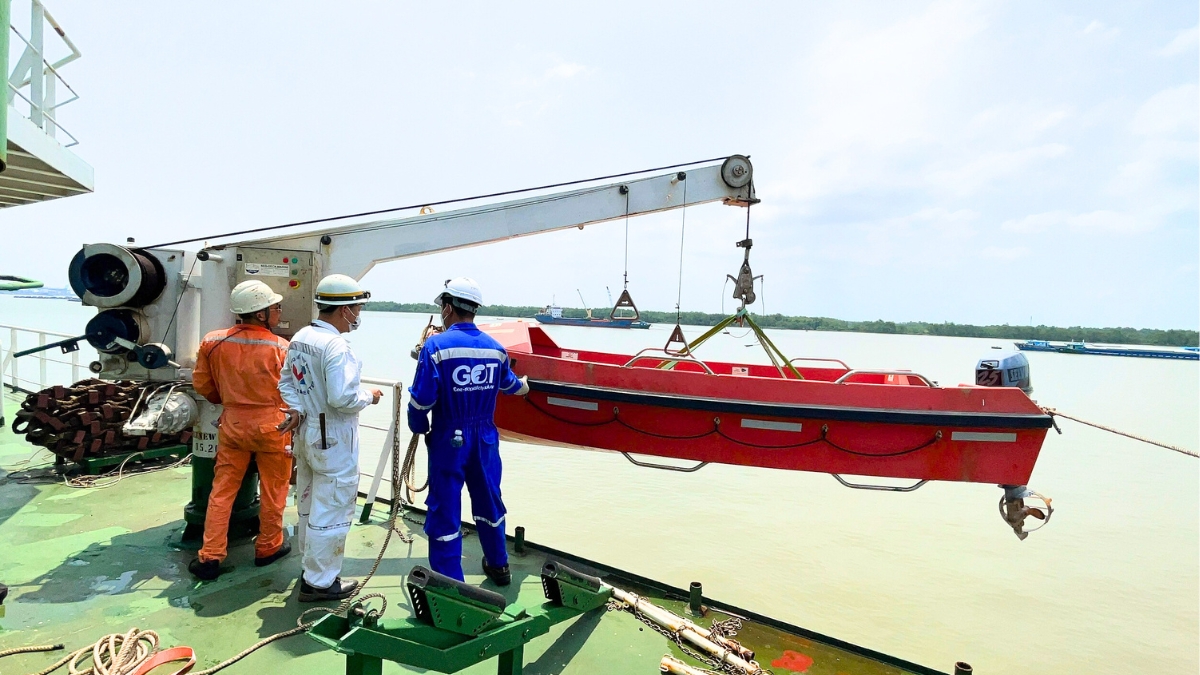
Key Updates in IMO amendments 2026 about Lifeboat Regulations
According to Resolution MSC.554(108) adopted by the IMO at its 108th session, several important amendments to the LSA Code will enter into force on 1 January 2026, primarily addressing lifeboat release mechanisms and lowering speeds of launching appliances.
These new requirements apply only to lifeboats, rescue boats, release mechanisms, and launching appliances installed on or after 1 January 2026.
Existing equipment installed before this date is not required to be retrofitted, unless it undergoes major modification or if otherwise required by the Administration or Recognized Organization (RO).
New Requirements for Single-Fall and Hook Systems – Chapter IV (LSA Code)
For single-fall hook arrangements that do not have on-load release capability, the release shall only be possible when the boat is fully waterborne (off-load release). Such hooks are therefore not subject to all the detailed design and testing requirements applicable to on-load release mechanisms.
A critical requirement is that the hook must be fully reset and locked before taking any load. Failure to reset the mechanism properly may result in unintended release during recovery operations, posing serious safety risks.
Where the release mechanism is used in combination with a properly designed painter system, certain provisions of the LSA Code related to on-load/off-load release mechanisms may not apply to these specific types, as recognized by the Administration.
Overall, the amendments focus on reducing the risk of accidental release, thereby enhancing the safety and reliability of lifeboat operations, particularly for single-fall hook systems used on smaller vessels and rescue crafts.
New Requirements for Lowering Speed – Chapter VI (LSA Code)
The minimum lowering speed (S) shall be calculated by the formula:
S = 0.4 + 0.02H (where H = height from the davit head to the waterline when the ship is in light condition)
However, the lowering speed shall not be less than 1.0 m/s, to prevent excessively slow launching during emergencies.
The maximum lowering speed is limited to 1.3 m/s for fully loaded lifeboats and rescue boats. In exceptional cases, the Administration may approve alternative speeds if it can be demonstrated that safety of persons and equipment is not compromised.
Each launching appliance must be fitted with a speed-limiting device or governor to ensure the lowering speed does not exceed the prescribed maximum, even under emergency or high-inertia conditions.
Notes for Shipowners and Manufacturers
When implementing the 2026 amendments, both shipowners and manufacturers should pay particular attention to the release mechanism system of lifeboats and rescue boats.
First, it is essential to clearly identify whether the installed hook system is on-load or off-load release, as each type is subject to different operational requirements, maintenance procedures, and inspection criteria under the LSA Code and MSC.402(96).
In parallel, launching systems must incorporate a speed-limiting control device that complies with the new standard, ensuring safe and controlled descent of the lifeboat in all sea and loading conditions.
These amendments are not merely technical changes but reflect IMO’s ongoing objective to enhance the dependability of lifesaving appliances and minimize operational risks during critical rescue and evacuation scenarios at sea.
